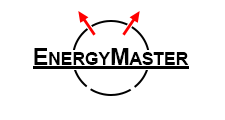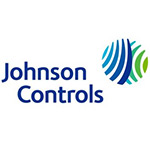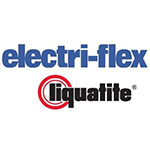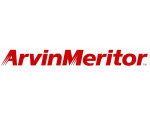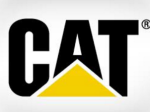COOLS IN SUMMER
When the air delivery holes are positioned for summer operation, EnergyMaster® evenly distributes the cooler outside air toward the floor. This keeps the objectionable hot air stratified at the ceiling and delivers the cooler outdoor air downward towards the floor.
PROVIDES (FRESH AIR) MAKE UP DURING WINTER
REDUCE FUEL BILLS UP TO 100%
When the air delivery holes are positioned for winter operation, EnergyMaster evenly distributes the outside air upward, blending it with the stratified hot air at the ceiling. This mixing action tempers the incoming make-up air without using additional fuel.
Roof & Wall Make-Up Air Units Available. EnergyMaster’s Configuration Can Easily be Changed Simply & Quickly from the Plant Floor. Manual or Motorized Remote Control Available.
EASILY MAINTAINED – QUICKLY CHANGE BETWEEN HOT AND COLD WEATHER OPERATION
Previously many man hours were required to rotate the ducts each season. Now the patented SeasonMaster® floor operated air direction controller allows quick duct position changes between the hot and cold weather air delivery positions, no matter how often the outdoor temperatures demand it. NOTE:- During hot weather the air holes must be positioned downward to prevent the stratified ceiling heat from being forced down to the floor thereby overheating the workspace.
ADDITIONAL ENERGYMASTER® MAKE-UP AIR SYSTEM BENEFITS
- More Comfortable and Productive Employees
- Helps Meet Clean Air Regulations Inexpensively.
When EnergyMaster® evenly distributes outside make-up air throughout a building in conjunction with an adequate exhaust system, it uses the minimum amount of outside make-up air possible to reduce the air contamination concentration (PPM) to an acceptable level. - Air Contaminants Controlled With Less Exhaust Air.
EnergyMaster® strategically delivers make-up air throughout your plant in relation to the contamination source. Therefore, the amount of air exhausted can be significantly reduced while maintaining clean air conditions. For example, in northern Ohlo and southern Michigan, each 1000 cubic feet of exhaust air reduced, provides a savings of 25,000 to 50,000 BTU’s per hour.
